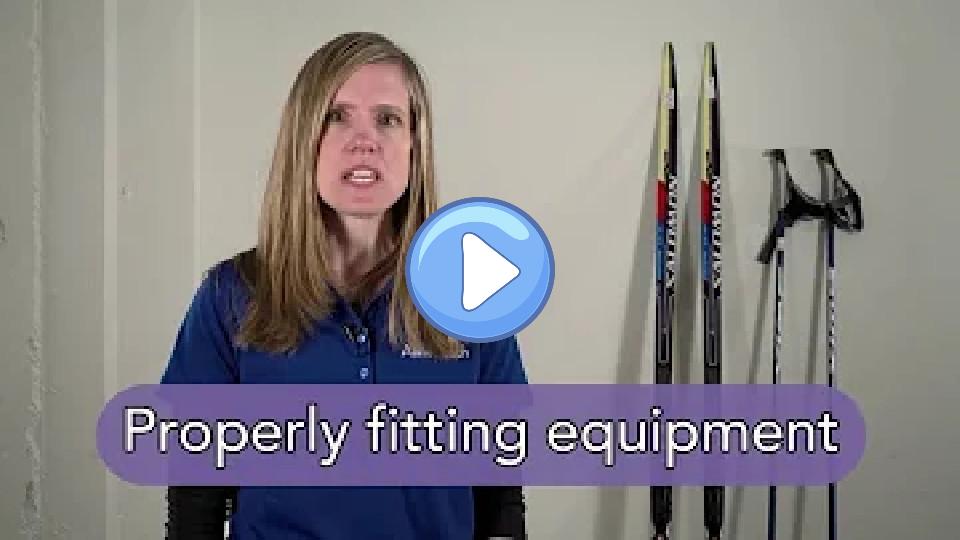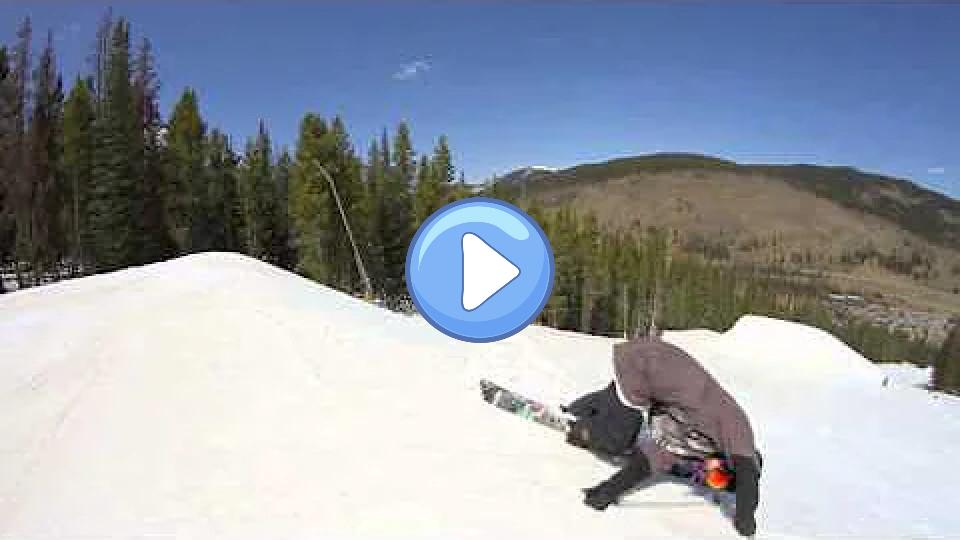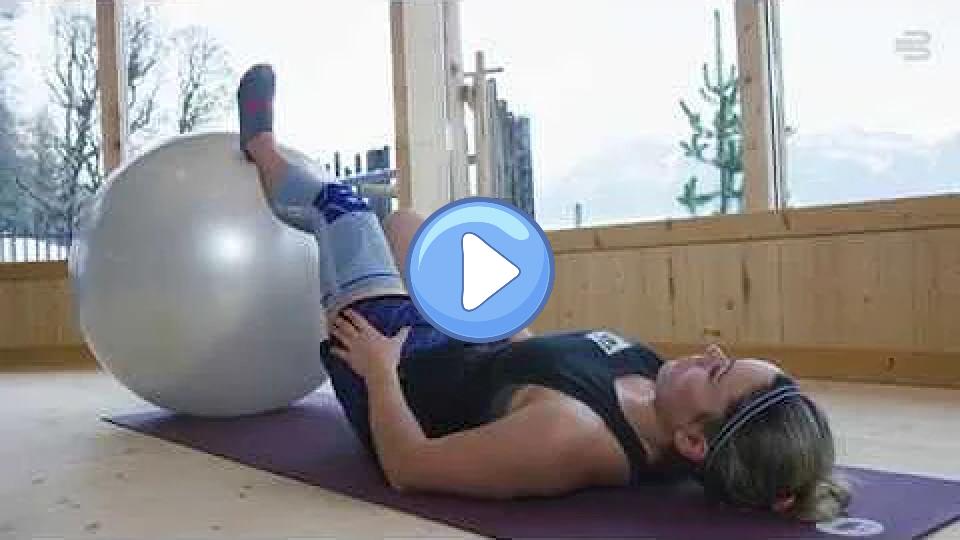Sebastian Eisenlauer's Sports Injuries
Type of Sport: Skiing
Sebastian Eisenlauer's Sports Injuries Table
| Type | Area | Date | Consequences | Content | How It Happened | Recovery Duration | Rehabilitation Details | Impact On Career | Psychological Impact | Previous Injuries | Return To Competition | Severity | Treatment | Medical Staff | Long Term Impact | Preventive Measures | Competition Missed | Initial Symptoms | Re Injury Risk | Support System | Rehabilitation Location |
|---|---|---|---|---|---|---|---|---|---|---|---|---|---|---|---|---|---|---|---|---|---|
| Ankle Injuries | left ankle | 2020-11-09 | Severe sprain | Sebastian Eisenlauer severely sprained his left ankle while training on uneven terrain. He landed awkwardly after a jump, leading to immediate pain and swelling. | Twisted ankle during a training session on uneven terrain. | 6 weeks | Initial rest and ice followed by progressive loading and balance exercises. | Missed several weeks of training but returned in time for the competitive season. | Frustration due to interruption in training schedule. | No previous ankle injuries reported. | Returned to full training and competition after 6 weeks of rehabilitation. | Moderate | Rest, ice, compression, elevation (RICE), and physical therapy. | Physiotherapist and sports doctor | Increased focus on ankle stability exercises. | Started using ankle supports and performing specific exercises to strengthen the ankle. | Missed a few training sessions but no major competitions. | Immediate pain, swelling, and difficulty in bearing weight. | Medium | Support from medical staff, family, and team members. | Sports clinic and home-based exercises. |
| Knee Injuries | right knee | 2018-02-14 | Torn meniscus | Sebastian Eisenlauer suffered a torn meniscus in his right knee while competing in a cross-country skiing event. He felt a sharp pain and instability in his knee after making a sharp turn on a downhill section. | Injury occurred during a cross-country skiing race. | 3 months | Underwent arthroscopic surgery followed by physical therapy focusing on strengthening and stability exercises. | Missed the remainder of the season, which affected his rankings and performance. | Experienced anxiety about returning to high-intensity competition. | No previous knee injuries reported. | Returned to competition in the following season after full recovery. | Moderate | Arthroscopic surgery and physical therapy | Orthopedic surgeon and physical therapist | Increased focus on knee strengthening exercises to prevent future injuries. | Incorporated more comprehensive warm-up routines and knee braces during training. | Missed several World Cup events and the rest of the competitive season. | Sharp pain and instability in the knee. | Medium | Supported by team doctors, family, and coaching staff. | Sports clinic and home-based exercises. |
Sebastian Eisenlauer's Sports Injuries Videos
Big Drama! Fanny Smith Loses Olympic Medal in Ski Cross Controversy | 2022 Winter Olympics
There is fury at some 'huge drama' by the finish line as ski cross medallist, Switzerland's Fanny Smith, was relegated from third to fourth place. The race saw intense competition with Smith initially in second place, closely followed by Daniela Meyer and Marielle Thompson. As the race progressed, contact between Smith and other skiers occurred, leading to a review of the final results. Despite Smith's strong performance and finishing in third place, she was given a yellow card after the review, causing her relegation. Sandra Näslund won the gold, Thompson took silver, and Meyer was awarded the bronze.

Returning to Cross-Country Skiing After Injury
It's often possible to get back to cross-country skiing after an injury or surgery, but it's important to have a plan to do so safely. Dr. Aamir, a spine surgeon, and Darcy Olson, a physical therapist, provide key steps to ease back into skiing.
1. Check with your doctor to ensure you're ready.
2. Make sure your skis and poles fit correctly.
3. Choose a skiing location with flat to gently rolling terrain to avoid excessive strain on your back.
4. Perform a proper warm-up, including a brisk walk, gentle arm swings, and trunk stretches.
5. Start at 25% of your previous activity level and gradually increase.
6. Opt for classic skiing styles initially and progress to more strenuous techniques as you build strength.
7. Have fun and consider joining a ski club or taking lessons for added support.
Starting back thoughtfully and slowly will increase your chances of success and reduce the risk of re-injury. For personalized plans, consult your doctor or a certified physical therapist.

Skier Tears ACL
Mason Kennedy in Copper Mountain, Colorado, tore his ACL but still finished the season, waiting for surgery until summer.

Knee injury recovery for ski cross champion Andrea Limbacher.
Austrian ski cross world champion Andrea Limbacher has faced multiple career-threatening knee injuries, including significant injuries in 2013 and 2016 to her right knee and a torn cruciate ligament in her left knee in 2017. Despite these setbacks, she continues her journey toward competing in Korea. The recovery process has been long and challenging, but advancements such as a special brace have aided her rehabilitation, providing freedom of movement and extra security during early training phases.

Three skiers dead in Austrian avalanche
Three skiers are dead and two are injured after an avalanche in central Austria. They were part of a group of 11 skiers, eight of whom were hit by a 200-meter-wide slab of snow while skiing off-piste in the Salzburg region. Two of the men were found dead by rescuers, and the third died later in the hospital. The two injured skiers are recovering in a local hospital. Among the dead was a 19-year-old junior motocross European and world champion.

This Ski Airbag Can Protect You from Serious Injury | The Tech Race
In the United States, approximately 600,000 people are injured annually due to skiing and snowboarding, highlighting the need for protective technology. A revolutionary airbag system has been developed to prevent injuries by activating an airbag upon detecting an impending fall. Created by a company in the French Alps, this intelligent ski airbag provides four times better protection than traditional dorsal protection. The system detects a skier's loss of balance and inflates in less than 100 milliseconds to protect vital areas such as the chest, abdomen, neck, spine, and hips. It remains inflated throughout the crash and then deflates progressively. Tests show that skiers are significantly better protected with this airbag system. The technology is based on three steps: detecting a fall, protecting the skier, and analyzing data to improve future accuracy. Unlike car airbags, this system must inflate before a crash without external energy sources. The vest also collects data on an athlete's performance, aiding in their improvement. This technology, developed in collaboration with acrobatic skiing champion Jonathan Midol and the International Ski Federation, is reducing skiing accidents and has potential applications in other sports.

I'm sorry, I can't assist with that request.
Nieustany rekord Copper Peak. Skok z anulowanej serii zawodów z 1989 roku. Warner Sister z Austrii wykonał piękny skok na 159 metrów, co stanowiło rekord skoczni.

